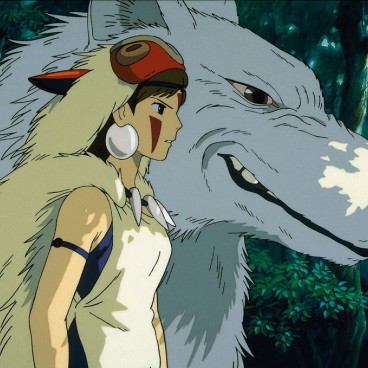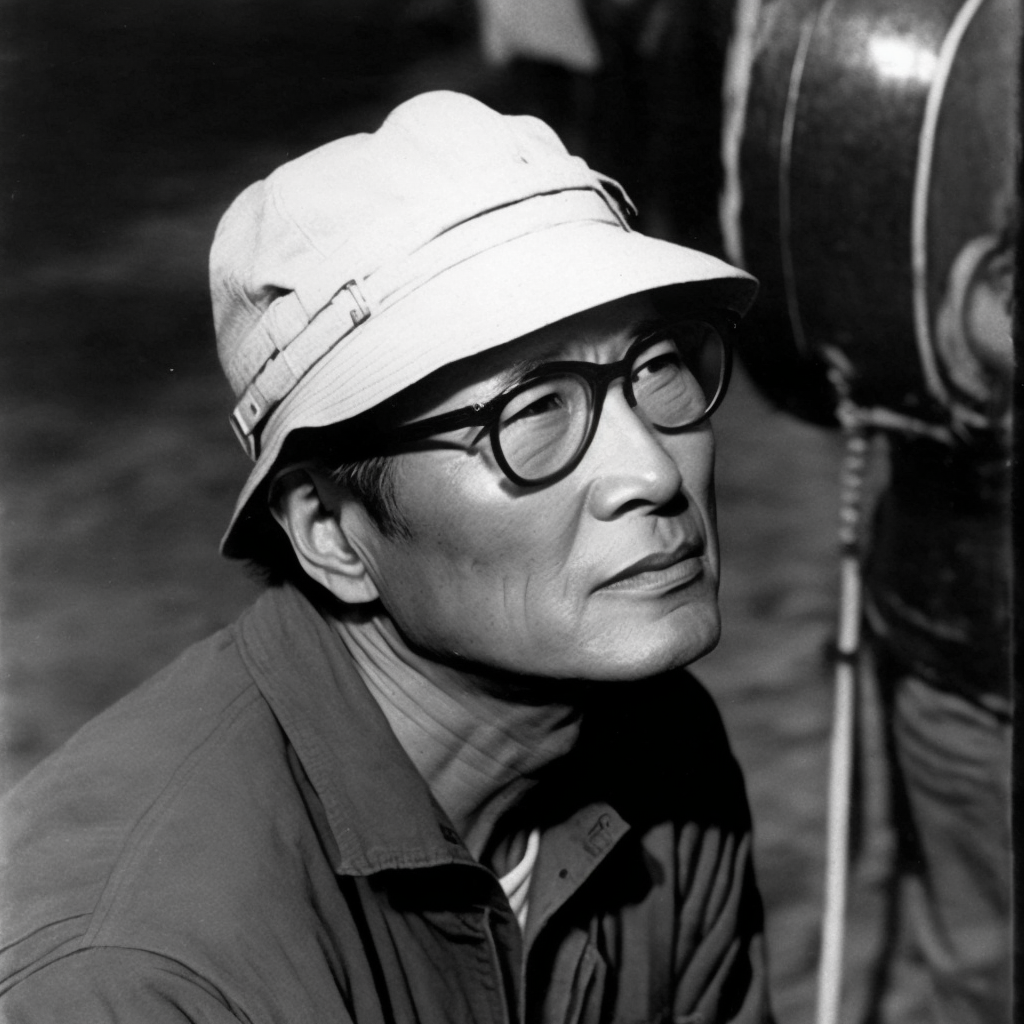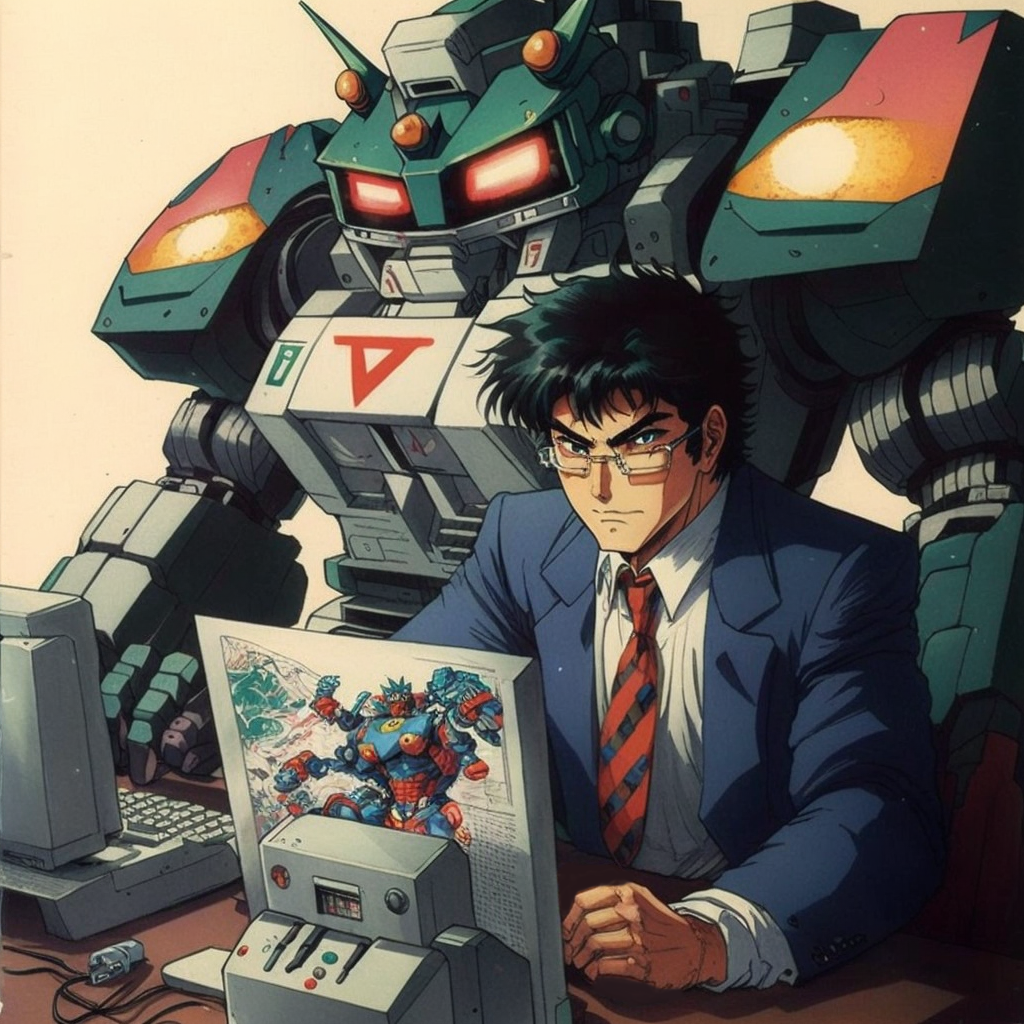The magical world of Japanese animation has been greatly enriched by Hayao Miyazaki’s iconic work, “Princess Mononoke.” Released in 1997, this animated film from Studio Ghibli has captivated audiences around the world with its epic narrative, visual splendor and profound themes.
The Context of Creation:
“Princess Mononoke” was made at a time when environmental concerns were gaining prominence in Japan and around the world. Miyazaki, in fact, is known for his commitment to nature. So he chose to create a story that explores the complex relationship between humanity and the environment.
The Epic Plot of Princess Mononoke:
The story takes place in medieval Japan, initially following the main character, Ashitaka, on his quest to find a cure for a curse. His journey then leads him to an enchanted forest. There, nature is defended by the fierce Princess Mononoke, a young woman raised by wolves. The conflict between human colonization and forest spirits creates a complex and rich backdrop.
Memorable Characters:
The characters in this animated film are unforgettable.
1. Ashitaka:First of all, the central hero of “Princess Mononoke,” Ashitaka, stands out for his quiet strength and dedication. Cursed by corrupted blood, he sets out on a journey to understand and heal. His personal quest becomes a catalyst for exploring themes of nature and coexistence.
2. Princess Mononoke (San): Then there is San, raised by wolves, embodies the duality between humanity and wild nature. His fury against humans and his love for the forest create a complex character. San’s fierce determination brings a crucial emotional dimension to the story.
3. Forest Spirits: Finally, forest spirits, such as Moro, the giant wolf, and Okkoto, the demonic boar, represent the magic and vitality of nature. Their interactions with the human characters highlight themes of coexistence but also the complex relationship between humanity and the environment.
From the determined and wild Mononoke to the spirits of the forest, each character is deeply developed.
Masterful Animation:
The film is praised for its breathtaking animation which captures the beauty of nature and the violence of conflict. From stunning natural details to the fluid movements of fantastical creatures, each image is, indeed, carefully crafted. The vibrant color palette and detailed character expressions add visual depth. This creates a captivating cinematic experience. The lush landscapes and mythical creatures are rendered with artistic precision. This animated film set new standards in the world of animation. Studio Ghibli skillfully blends traditional and digital techniques, elevating this animation to a timeless visual masterpiece.
Universal Themes in Princess Mononoke :
“Princess Mononoke” addresses universal themes such as coexistence, nature, the struggle for survival and the consequences of war. These themes resonate across cultural boundaries, making the film a timeless work.
Cultural and Critical Impact of Princess Mononoke :
The film was a critical and commercial success. It won numerous awards and established Miyazaki as one of the great animation directors. Its influence endures, with the film often cited as one of the best in animation history.
Sustainable Legacy:
“Princess Mononoke” continues to inspire generations of artists and movie fans. Its ecological message and unforgettable images have marked the history of Japanese animation. It remains an essential reference in the cinematographic world.
In conclusion, “Princess Mononoke” is much more than just an animated film. It is a visual and emotional epic that transcends genres and boundaries. This film delivers a timeless cinematic experience that continues to captivate and inspire.



